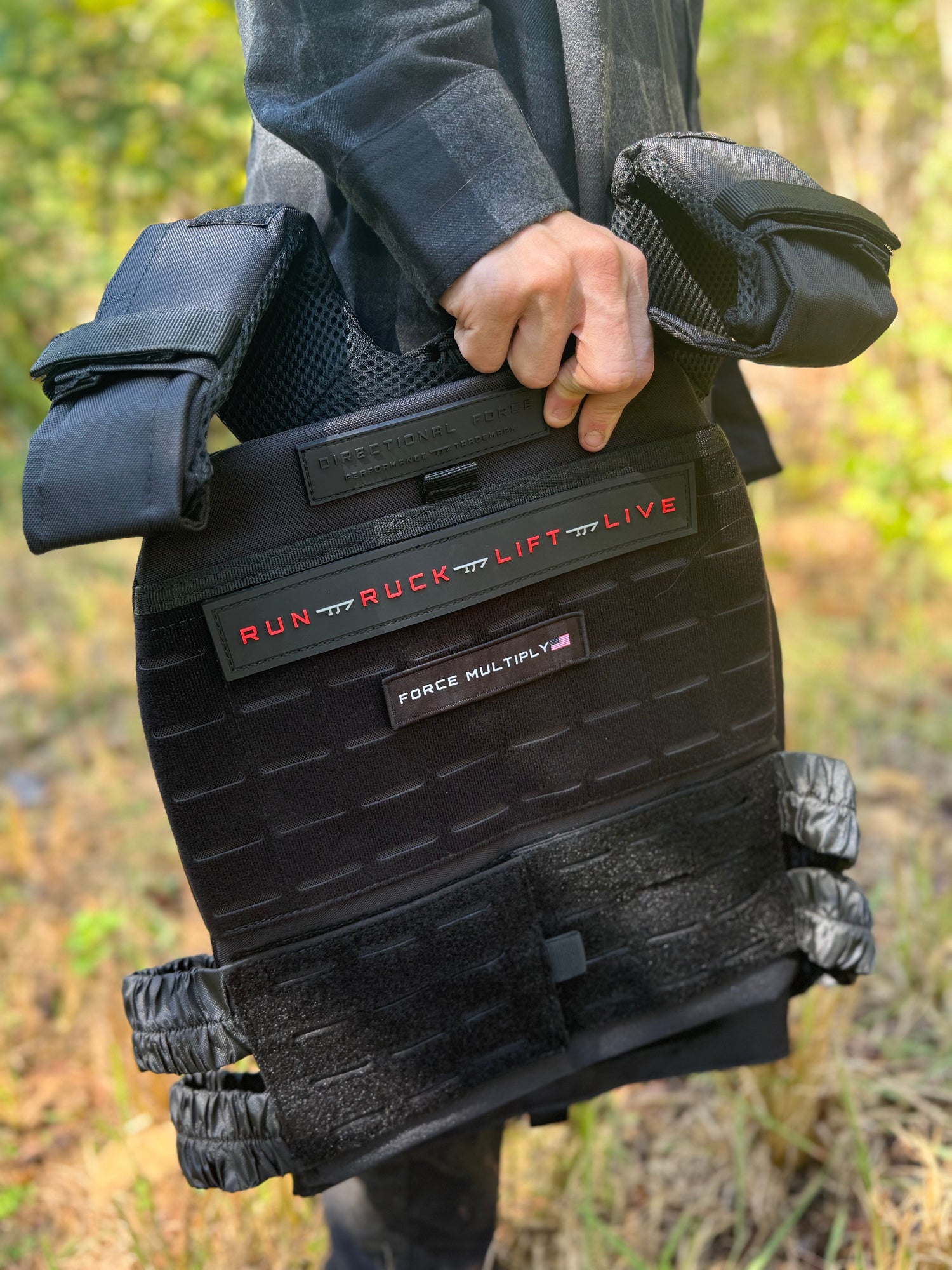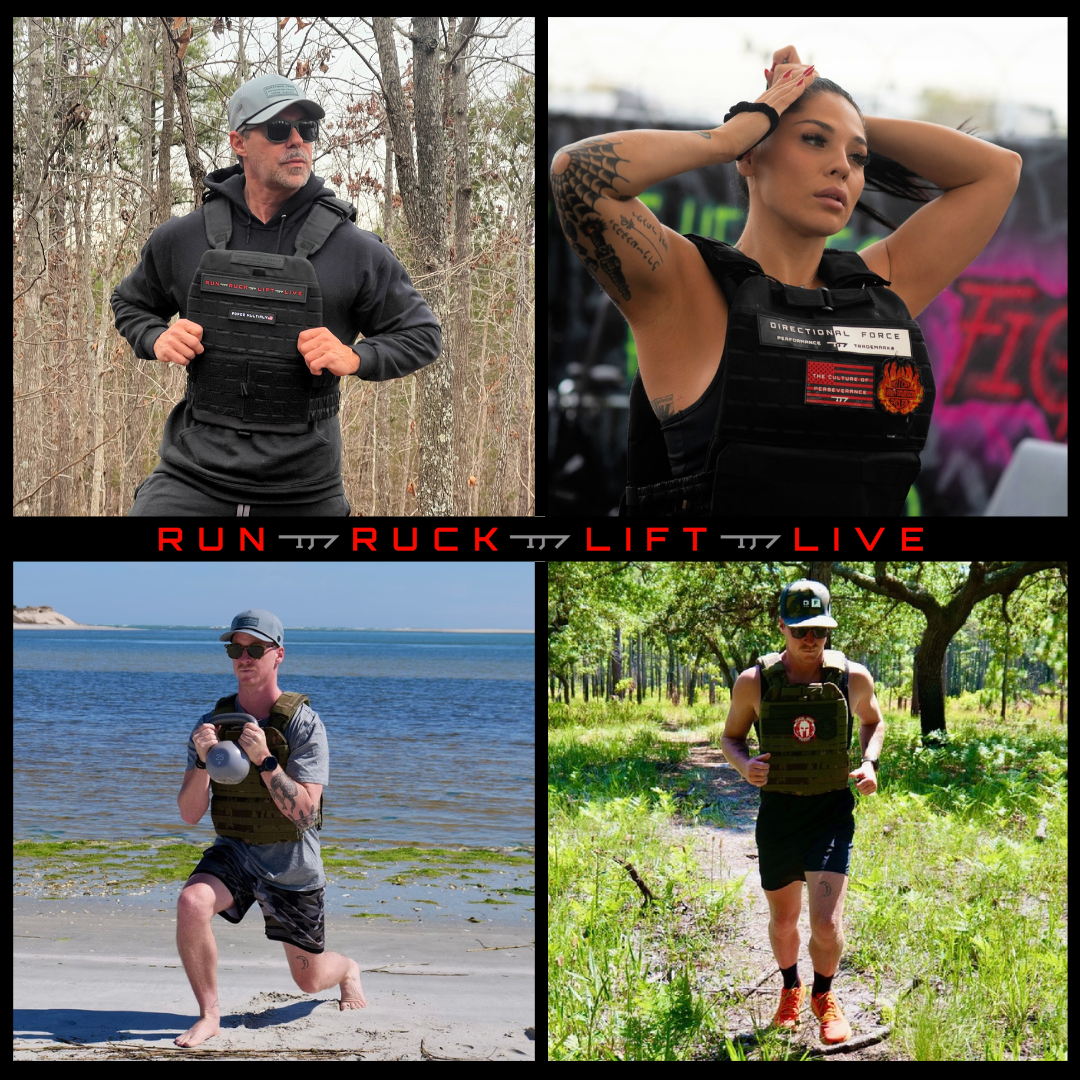In the ever-evolving world of fitness, where trends come and go like seasonal workouts, one piece of gear is quietly making a case for longevity: the weighted vest. Once the domain of elite athletes and military training, these adjustable harnesses loaded with sand or metal plates are now striding into mainstream routines. But beyond boosting cardio endurance and calorie burn, weighted vests are garnering attention for a less flashy yet crucial benefit—strengthening bones. For both men and women navigating the inevitable toll of aging, this simple tool could be a force multiplier in the fight against bone loss. Let's dive into the science, the studies, and how to harness it safely.
The Bone Basics: Why Weight Matters
Bones aren't static; they're living tissue that responds to stress. Enter Wolff's Law, a principle from the 19th century that still holds true: bones adapt to the loads placed upon them. When you add resistance—like the extra pounds from a weighted vest—your skeleton gets the memo to bulk up. This mechanical loading stimulates osteoblasts, the cells responsible for building new bone, while potentially slowing down osteoclasts, which break it down. The result? Improved bone mineral density (BMD), which is key to warding off osteoporosis and fractures.
For women, this is particularly timely. Post-menopause, estrogen levels drop, accelerating bone loss at a rate of up to 2-3% per year in the first few years. Men aren't immune either; by age 70, they can lose bone mass at similar rates due to declining testosterone and general inactivity. Weighted vest training offers a low-impact way to counter this, turning everyday activities like walking or bodyweight exercises into bone-fortifying sessions.
Always check with your doctor to make sure that you're healthy enough to weight vest train and before beginning any workout regimen.
The Evidence: What Studies Say About Vests and Bones
Research on weighted vests isn't exhaustive, but emerging data points to promising outcomes, especially in contexts like weight loss where bone density often takes a hit. A 2000 study involving postmenopausal women found that those who performed jumping exercises in weighted vests maintained better hip BMD over five years compared to a control group. While it's hard to isolate the vest's role from the exercise itself, the added load likely amplified the benefits.
In older adults with obesity, a pilot trial showed that wearing a weighted vest during dietary weight loss helped attenuate hip bone loss and boosted markers of bone formation. Participants, mostly women around age 70, wore vests for several hours daily, with weights adjusted to match their slimming figures—up to 15% of baseline body weight. Though results were trends rather than slam-dunks, they suggest vests could mimic the bone-preserving effects of resistance training without the gym hassle.
Broader reviews echo this potential. Weighted vests during low-impact workouts like walking can prevent bone density decline, making them ideal for high-risk groups. One analysis highlights how vests increase mechanical stress on bones, stimulating growth and potentially minimizing mass loss during weight reduction. And for muscle tie-in? Stronger muscles pull harder on bones, creating a virtuous cycle of density gains.
That said, not all experts are fully vested. Some point out that while vests amp up cardio responses, they may not outperform traditional strength training for pure muscle and bone building. Small study sizes and mixed results mean more research is needed, but the trend is clear: for maintaining bone health, especially in aging populations, vests show real promise.
Gender Lens: Tailored Benefits for Men and Women
Women often steal the spotlight in bone health discussions due to menopause's dramatic impact, and indeed, many studies focus here. For them, weighted vests could be a game-changer during perimenopause, when bone loss ramps up. By adding load to daily movements, vests help offset hormonal shifts without high-impact risks.
Men, however, benefit too. As testosterone wanes with age, bone density dips, increasing fracture risk—think hips and spines. Vests provide a subtle edge in routines, enhancing bone strength alongside muscle gains from activities like hiking or calisthenics. Unlike women, men might start with heavier loads due to typically higher baseline strength, but the physiological response is universal: more load equals stronger bones.
Getting Started: Vest Workouts for Bone Boosts
Ready to level up? Start light—aim for 5-10% of your body weight—and build gradually to avoid strain. Here are force-multiplying moves:
- Walking or Hiking: Strap on the vest for 30-60 minutes daily. The constant load turns strolls into bone builders.
- Bodyweight Squats or Lunges: Add 10-20 reps per set. The vest intensifies gravity's pull, targeting hips and spine.
- Stair Climbing: A vest amps up the challenge, mimicking resistance without weights.
- Jumping Drills: For the bold, low reps of vest-weighted jumps can spike BMD, but consult a pro first.
Track progress with DEXA scans if possible, and pair with nutrition: ample calcium, vitamin D, and protein fuel bone remodeling.
Safety First: Vest Wisely
While vests are accessible, they're not one-size-fits-all. Overloading can stress joints or exacerbate back issues, so beginners should get a doctor's nod, especially if osteopenic or arthritic. Opt for adjustable models with even weight distribution, and listen to your body—pain is a red flag. Pregnant women or those with balance concerns might skip this trend.
The Bottom Line: A Weighted Win for Wellness
In a world of fitness fads, weighted vest training stands out for its simplicity and science-backed edge in bone health. Whether you're a woman fortifying against menopause or a man maintaining midlife strength, this tool multiplies your efforts without reinventing your routine. As studies continue to vest confidence in its benefits, why not give it a try? Your bones will thank you—stronger, denser, and ready for whatever life throws your way.
Disclaimer: Consult a fitness professional before starting any new workout, especially if you have pre-existing injuries. Listen to your body and adjust weights or reps as needed. Always consult a healthcare provider before starting any workout program or physical activity to make sure that you're healthy enough.
The content contained in this article is for information purposes only, and is not meant to be a substitute or replacement for professional advice and medical consultation. It is just shared as information only, and with the understanding that Directional Force, LLC, (Directional Force) is not engaged in the provision or rendering of medical advice or services whatsoever. You unilaterally understand and agree that Directional Force shall not be liable for any claim, loss, or damage arising out of the use of, or reliance upon any content or information in this article or any article provided by Directional Force. Please seek professional medical advice prior to engaging in, or undertaking any of the content, exercises, advice, and workouts provided by Directional Force.


